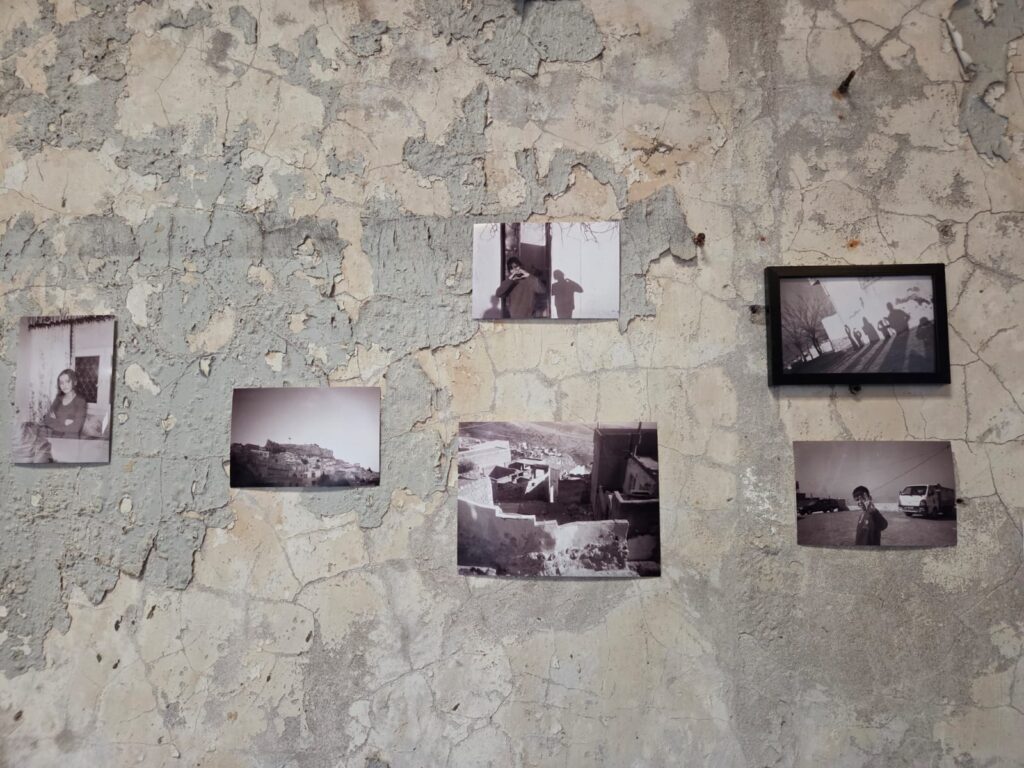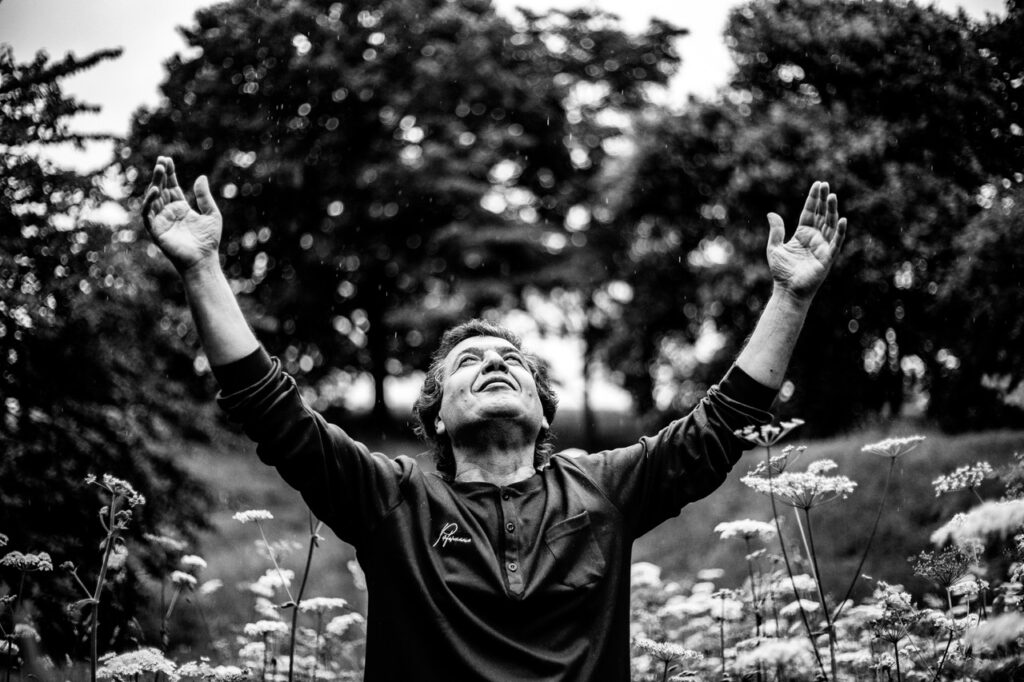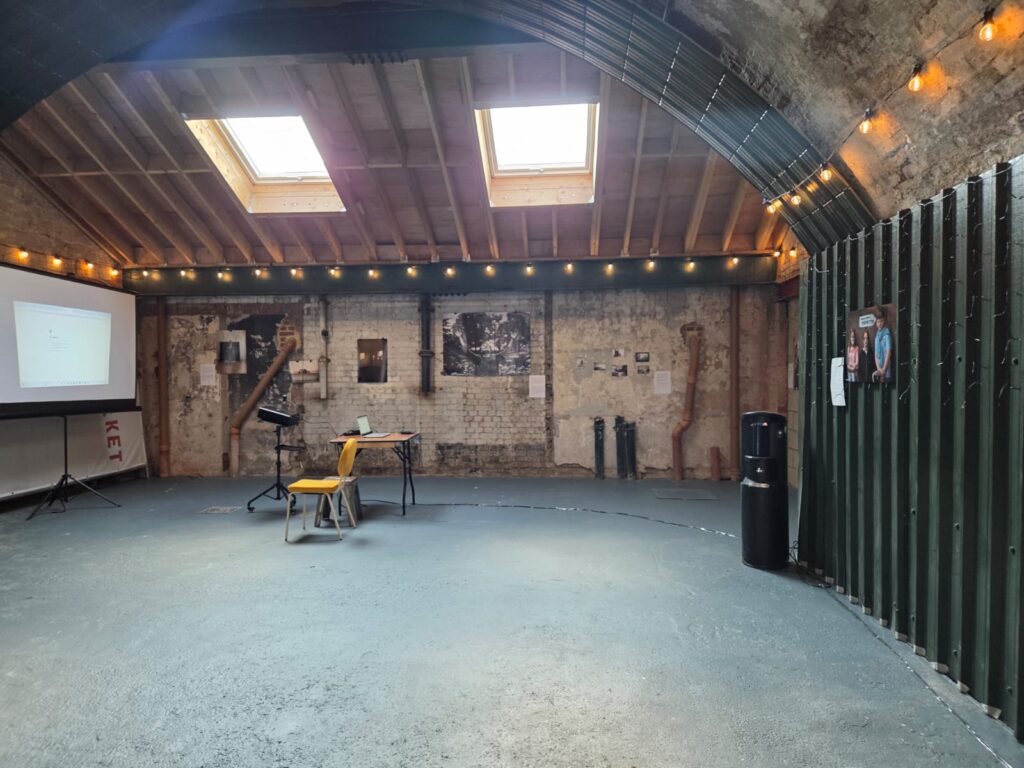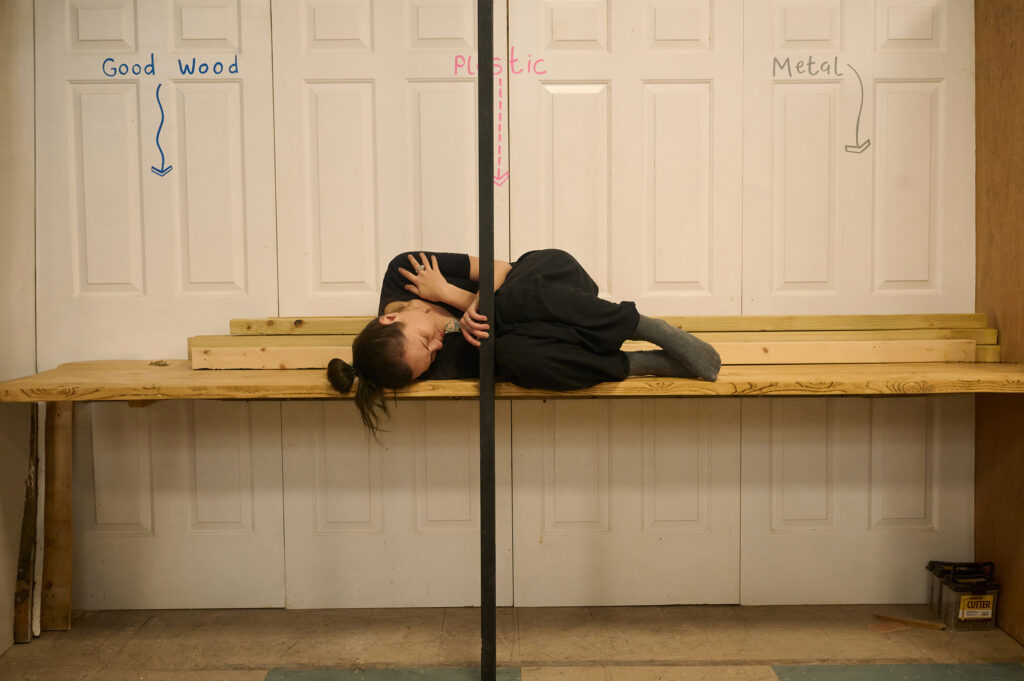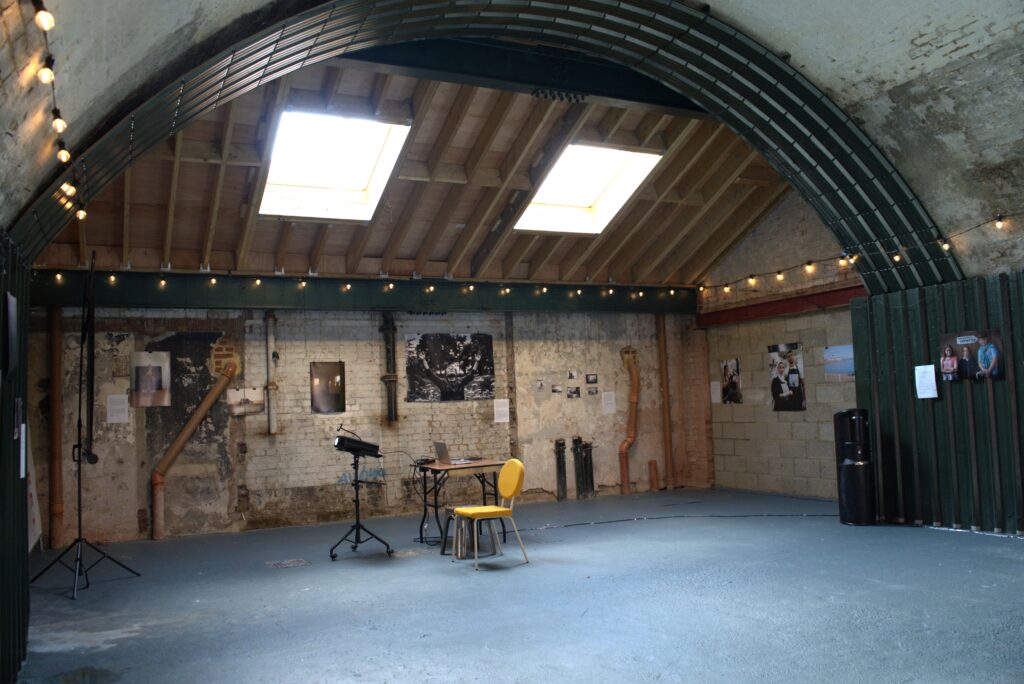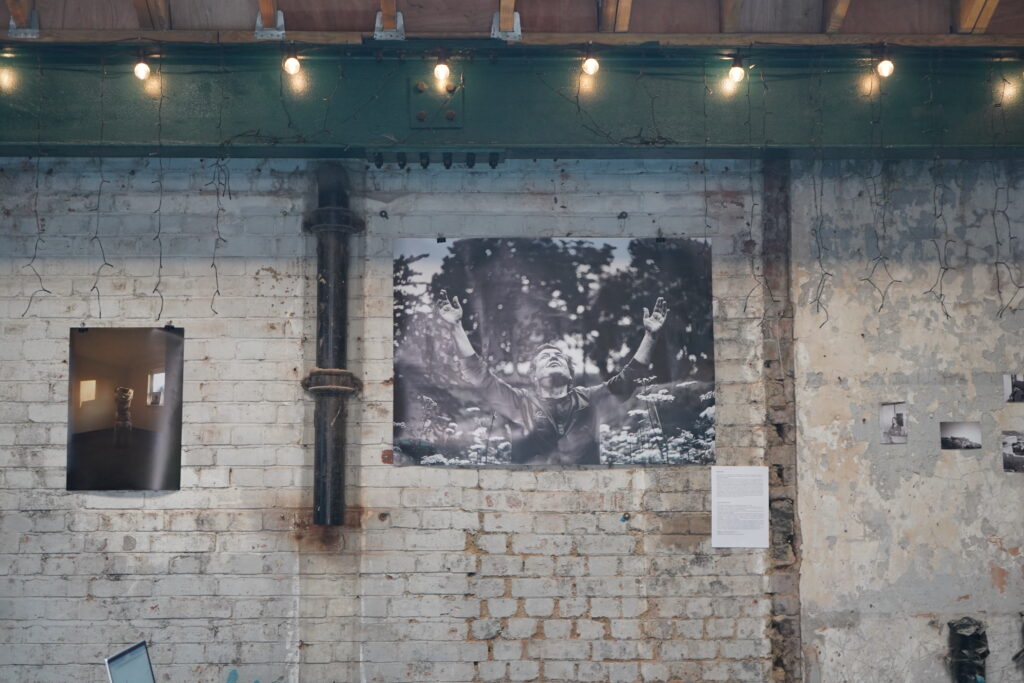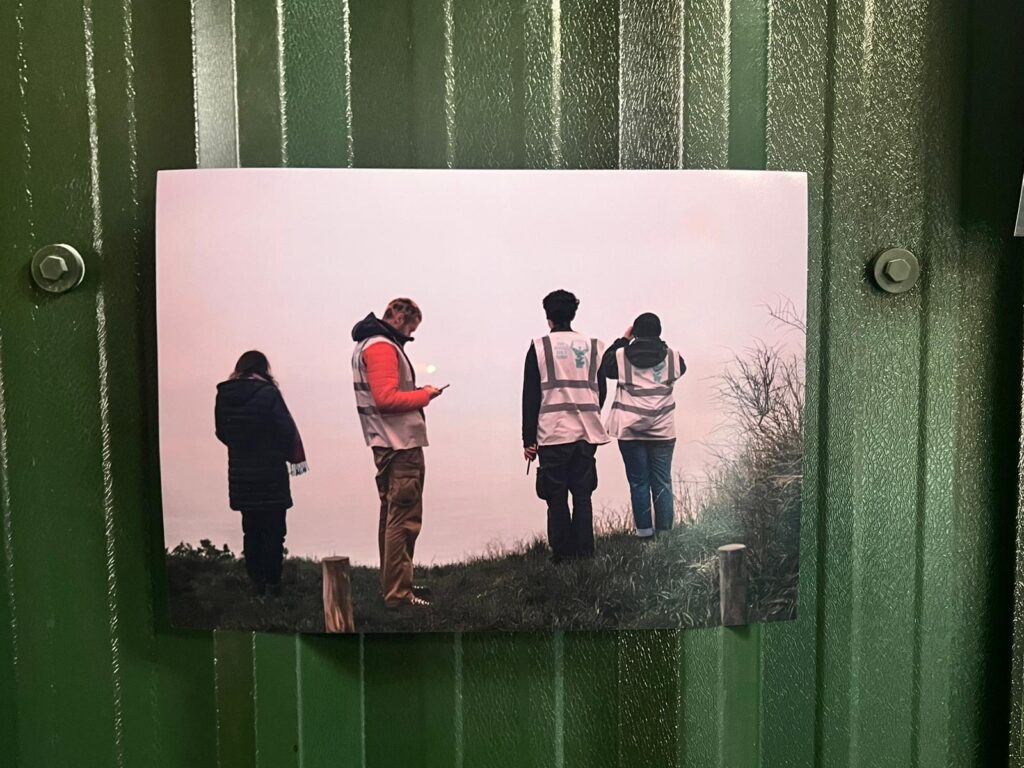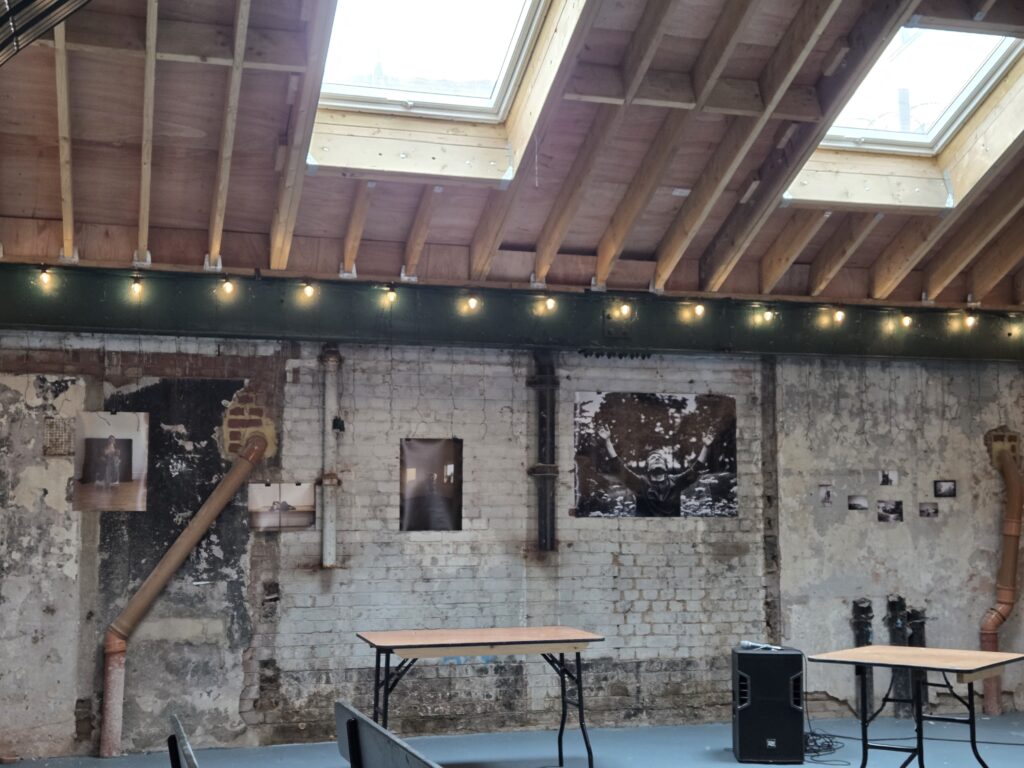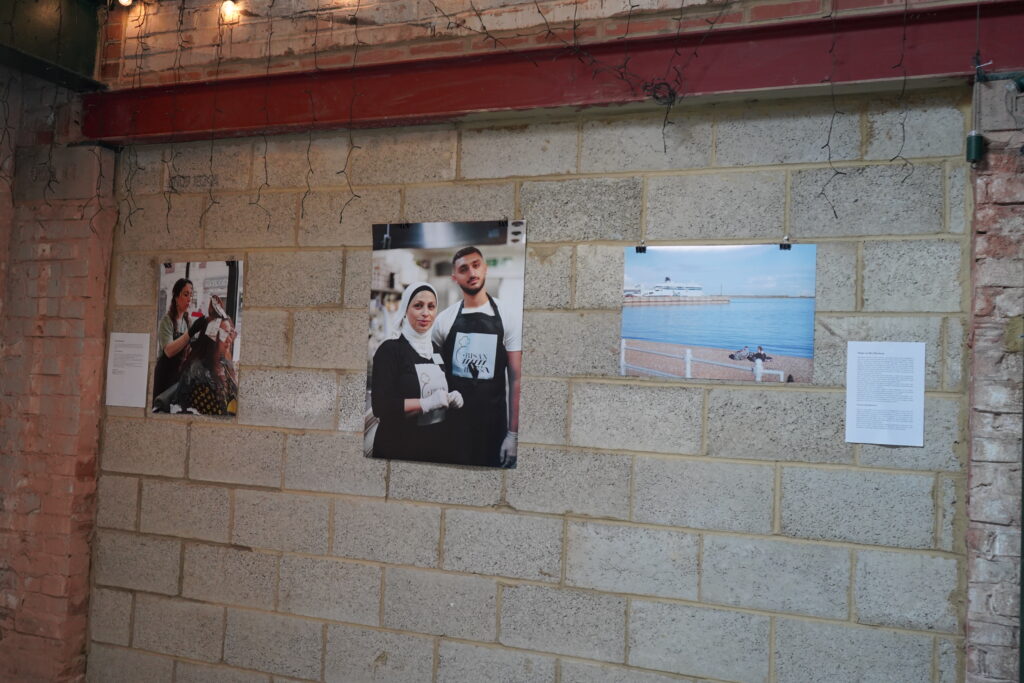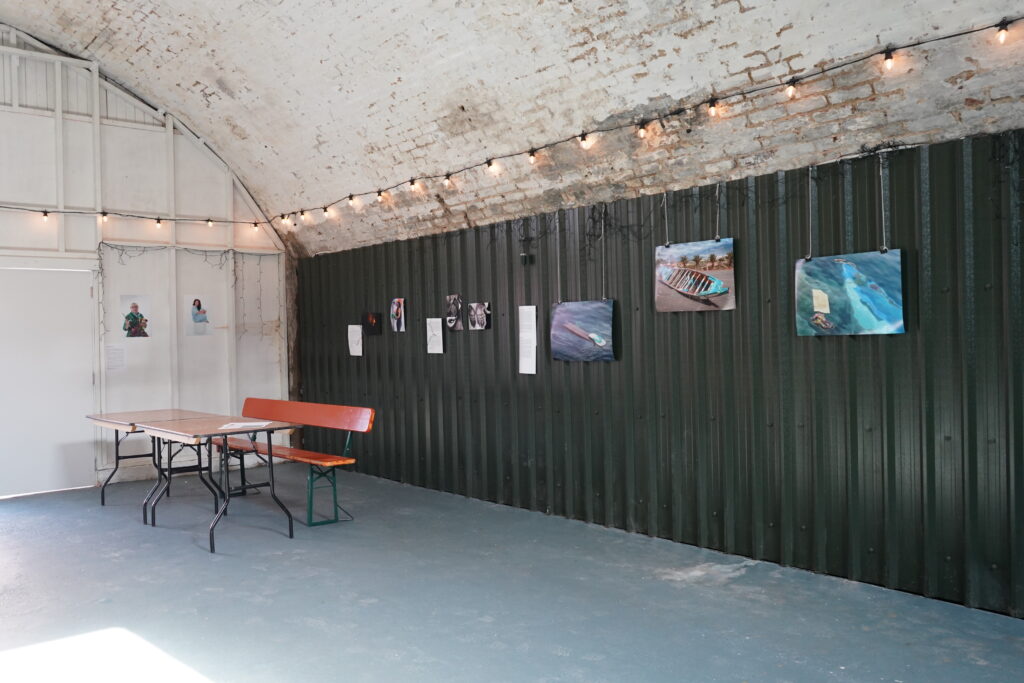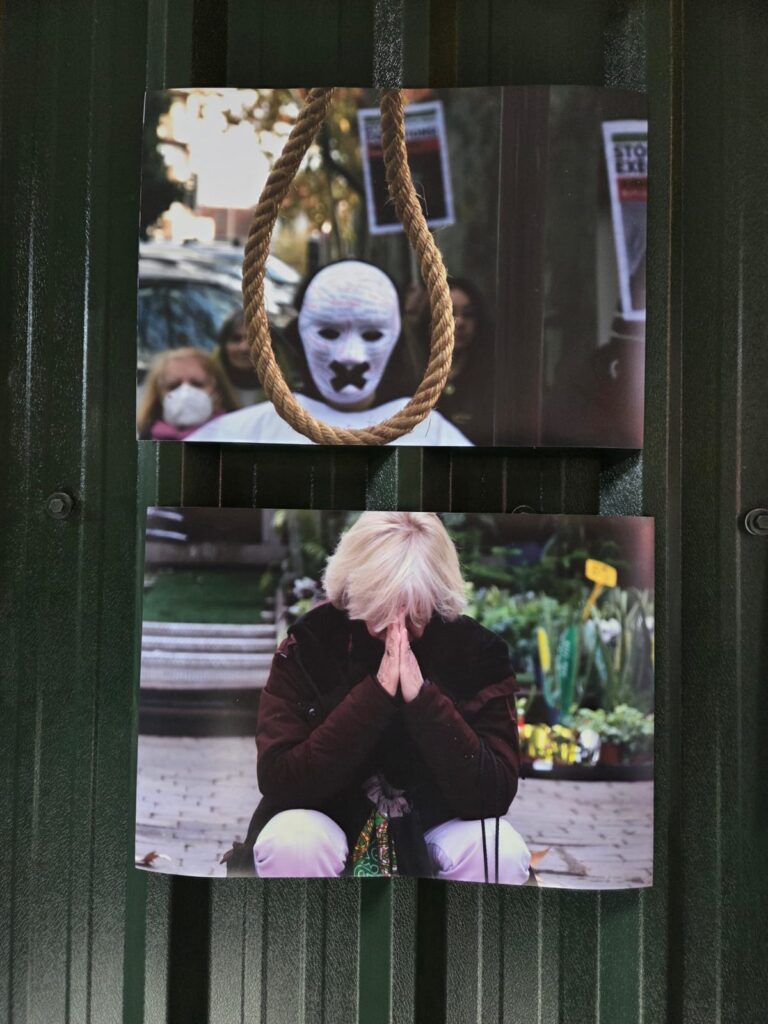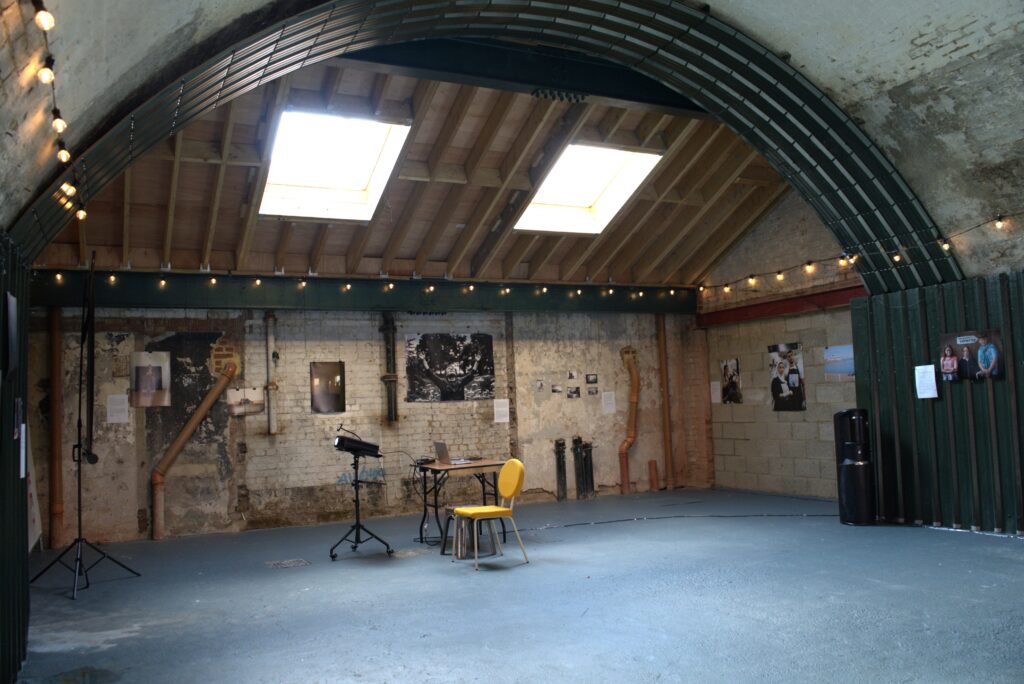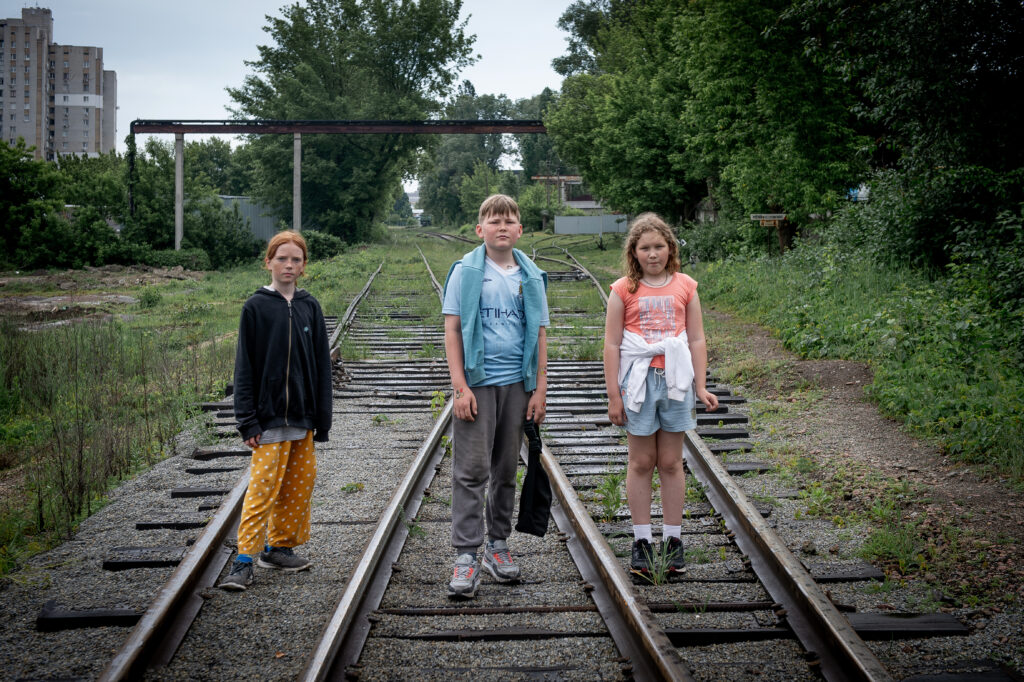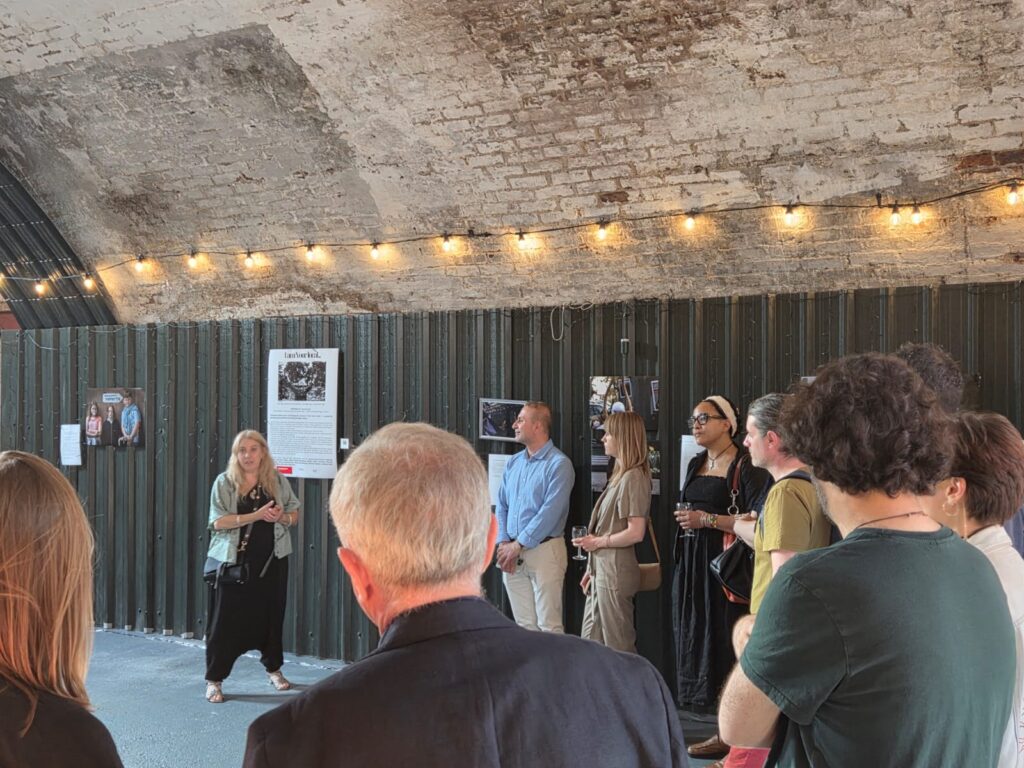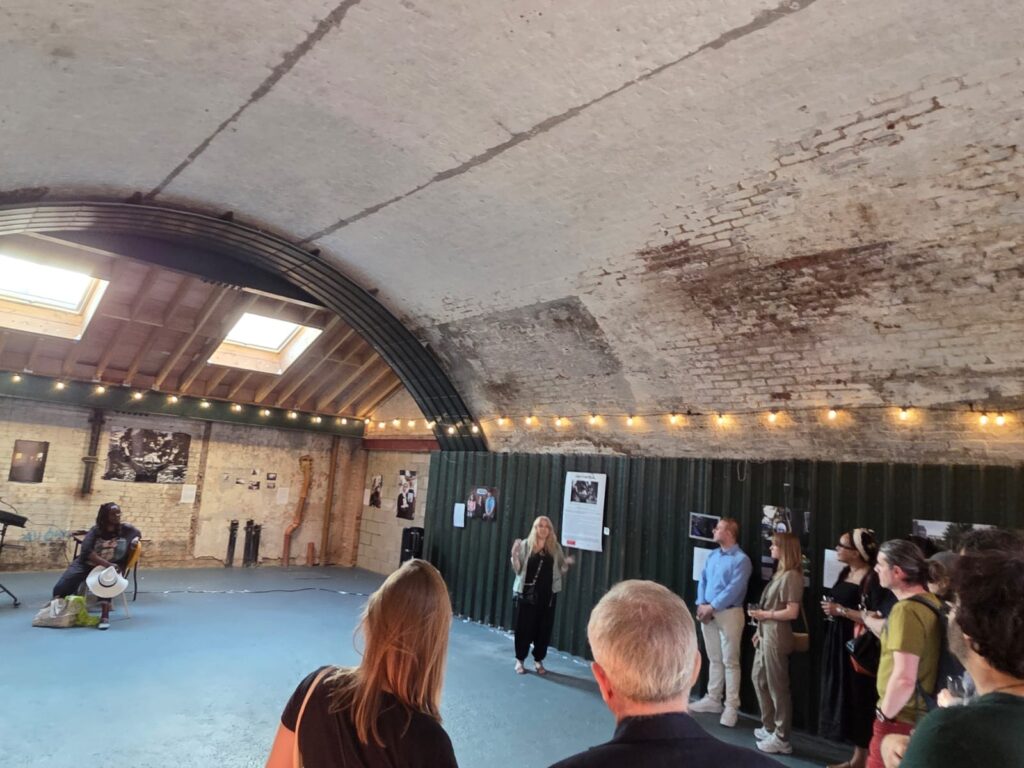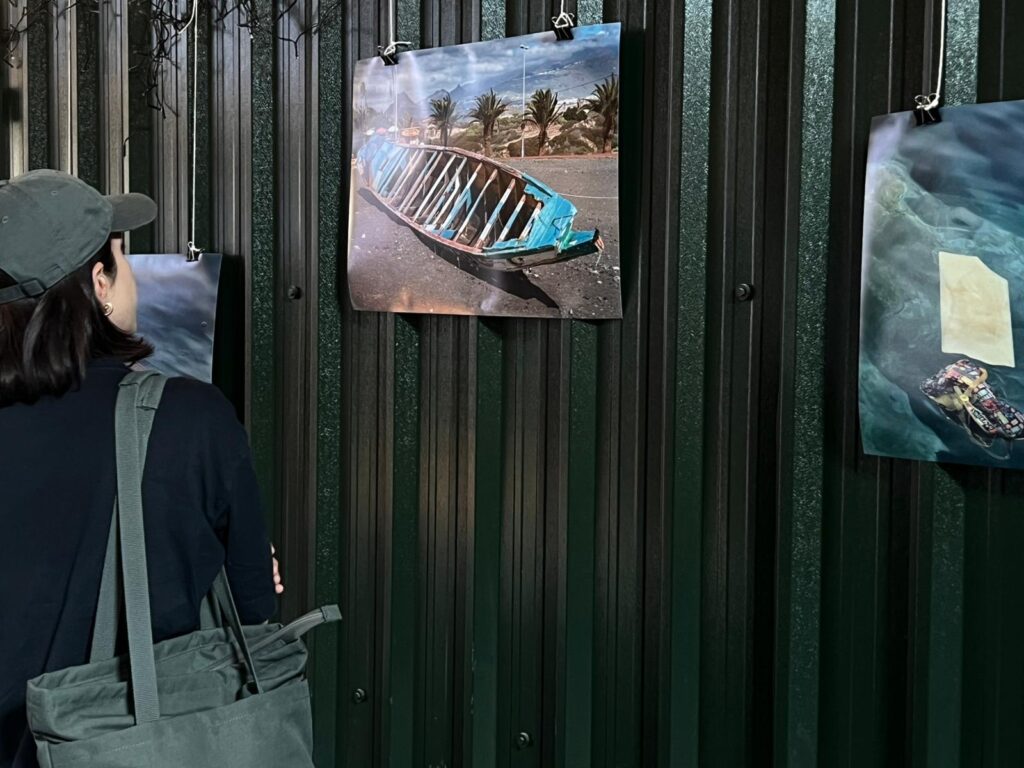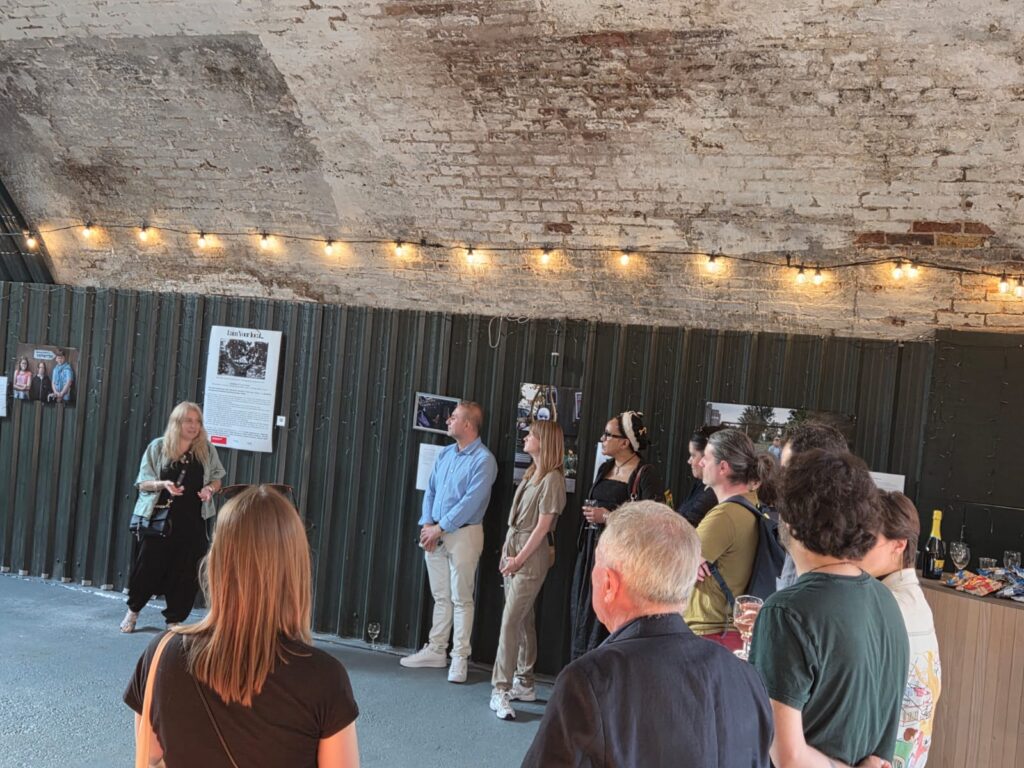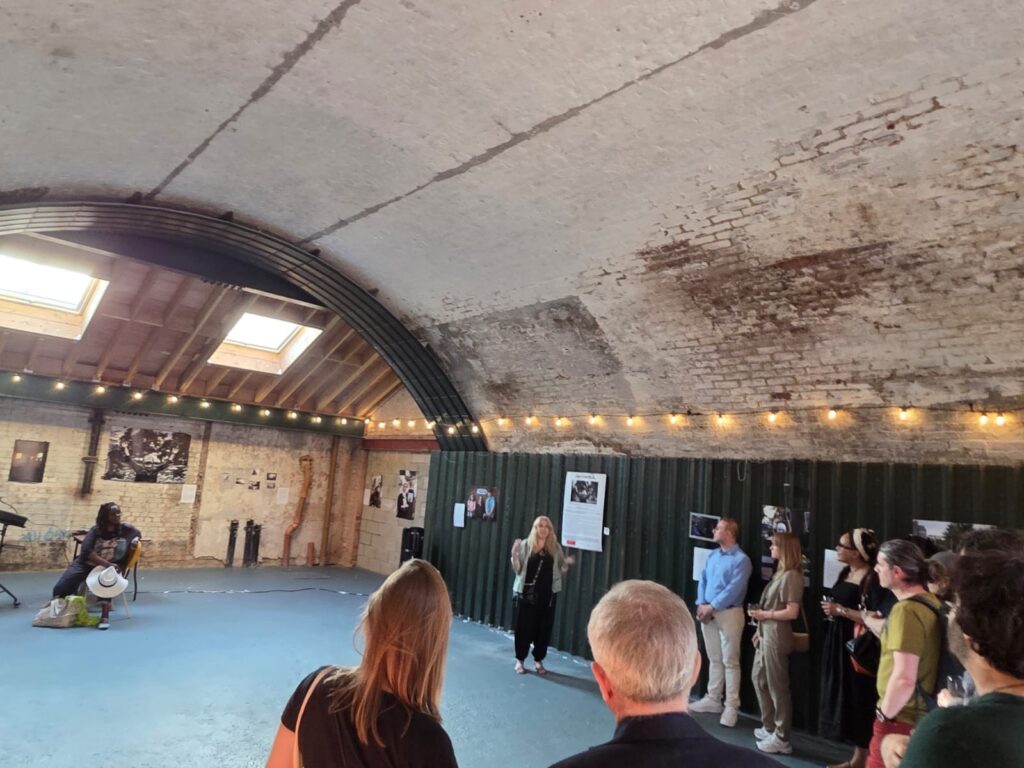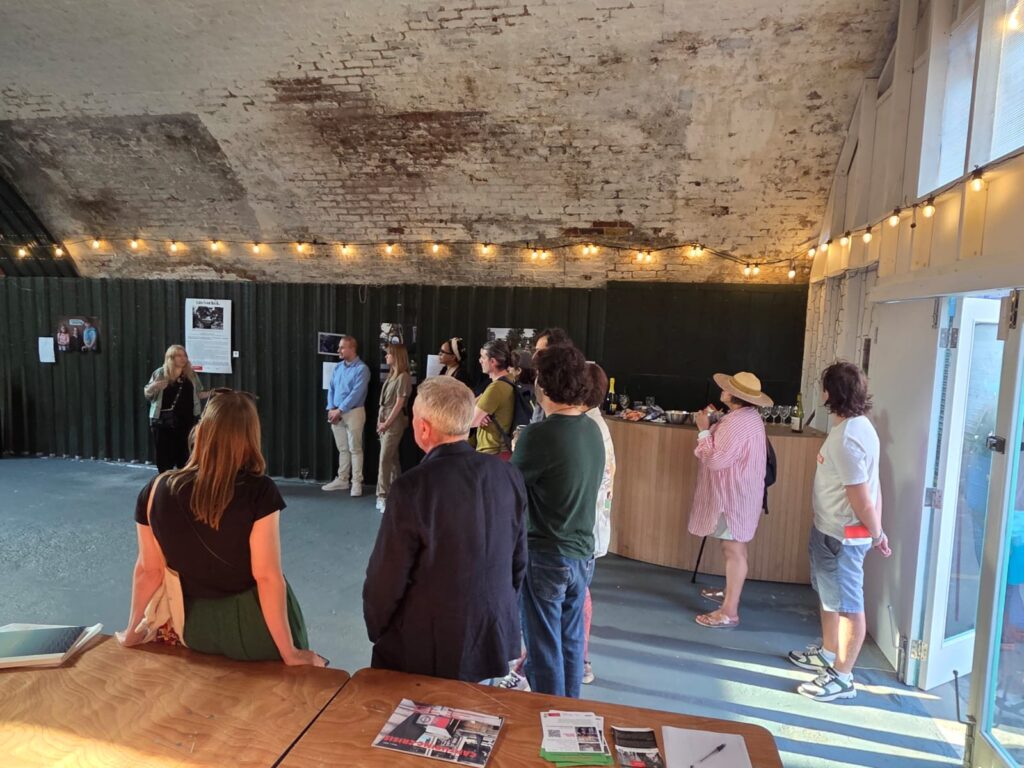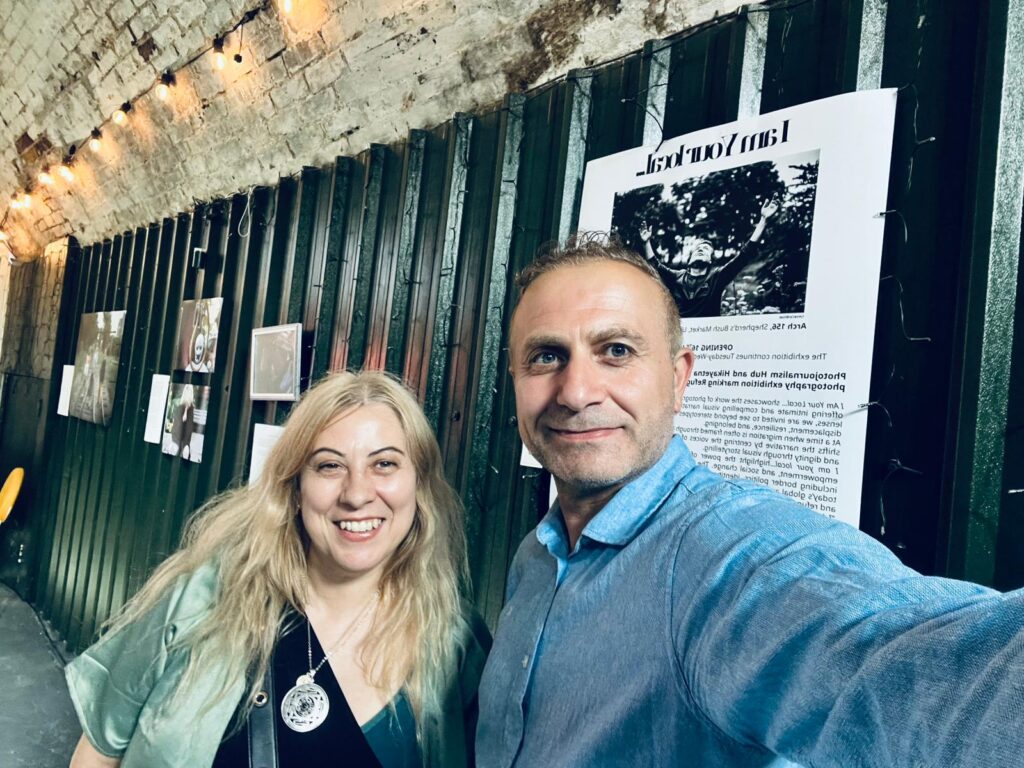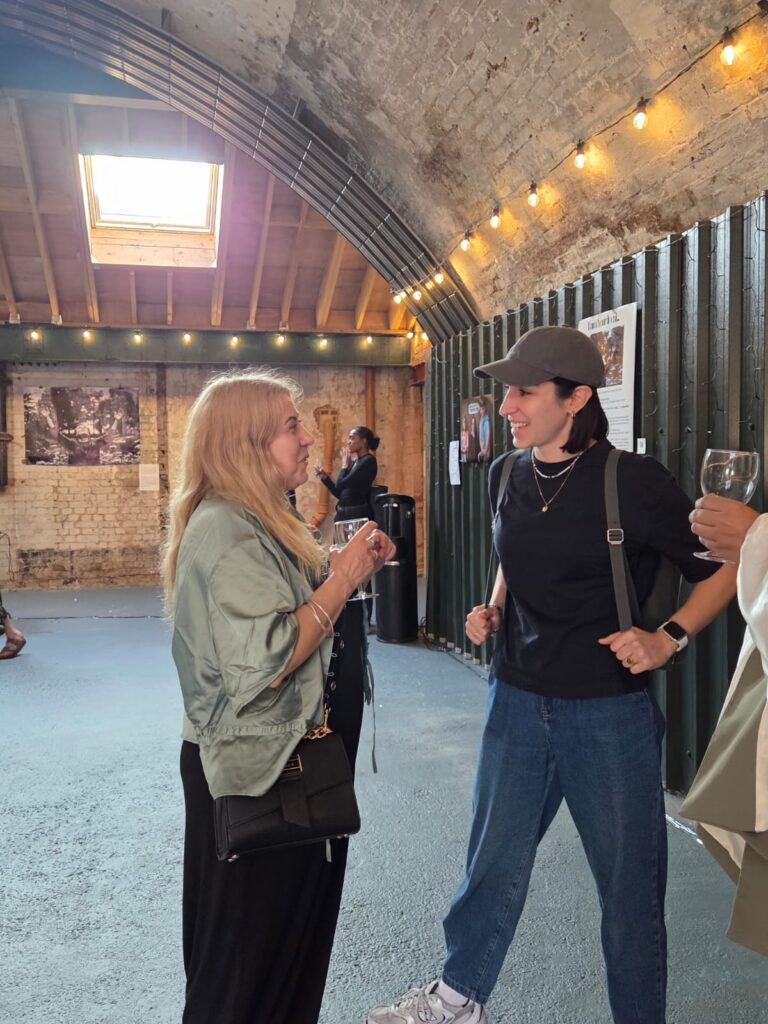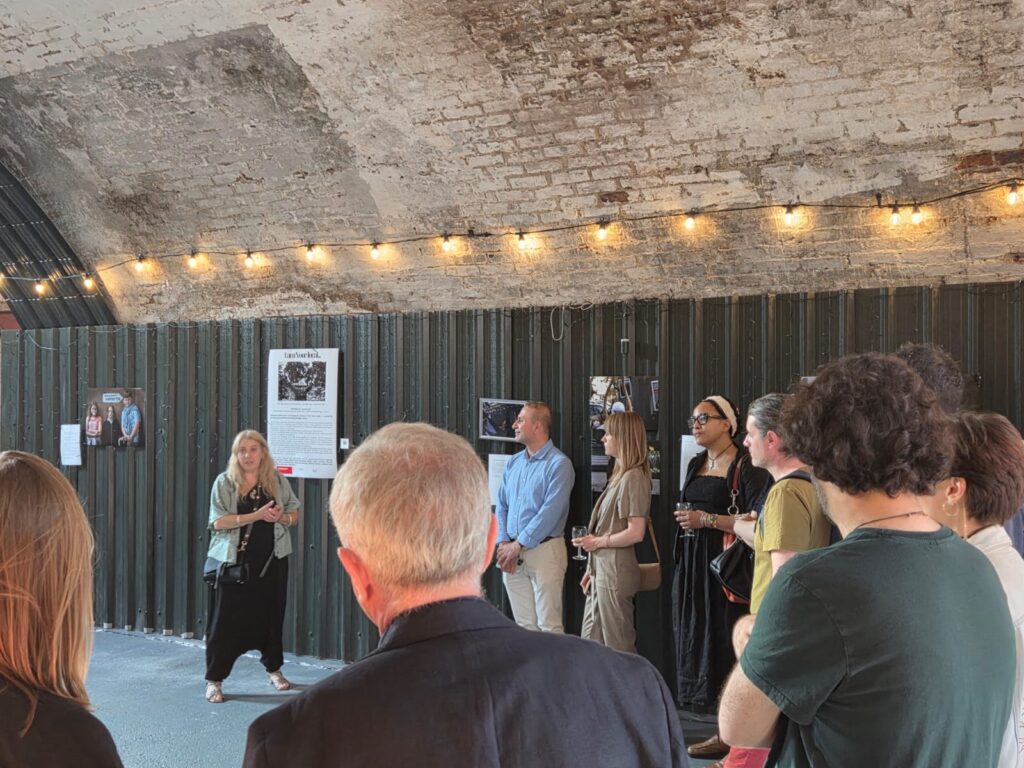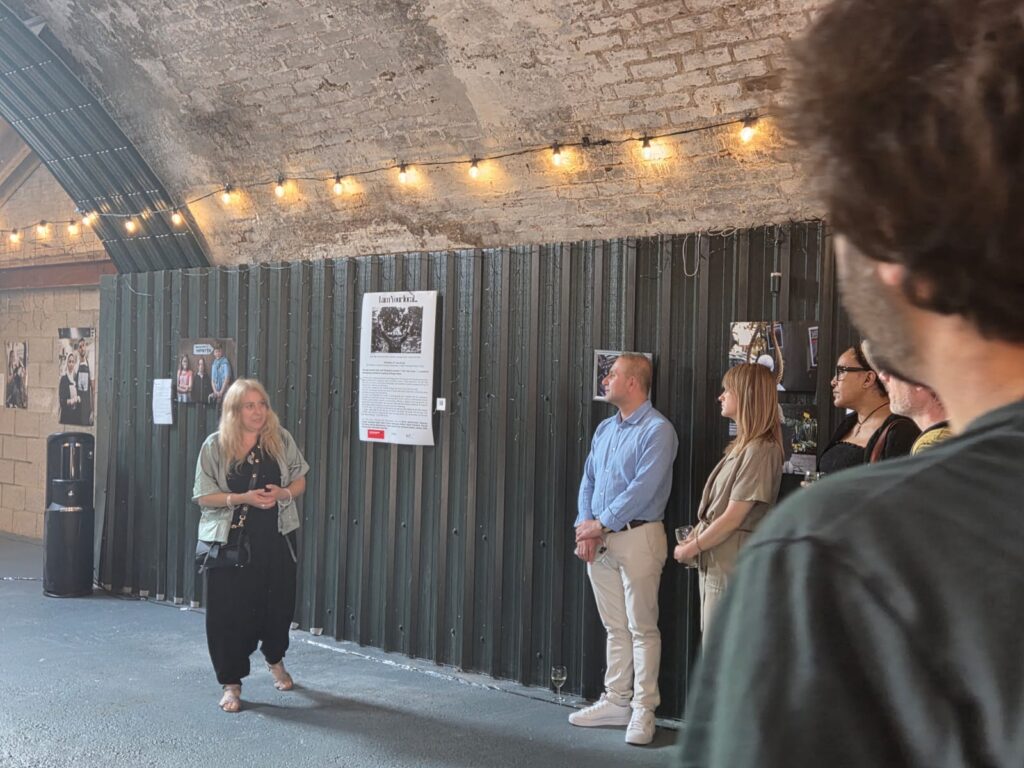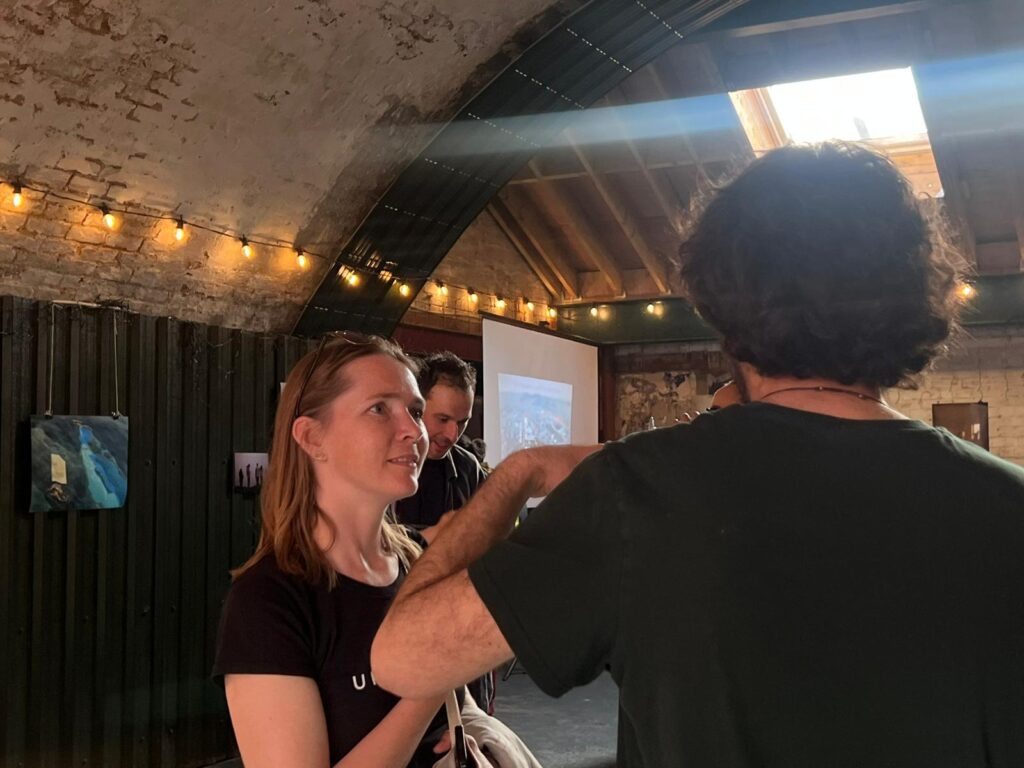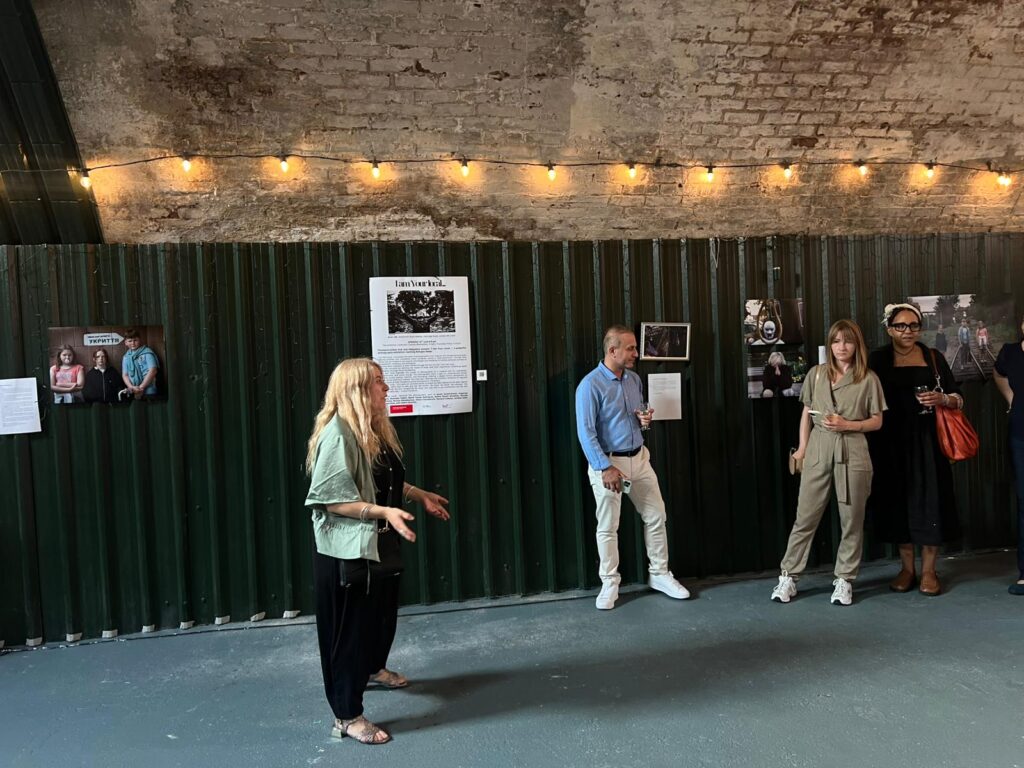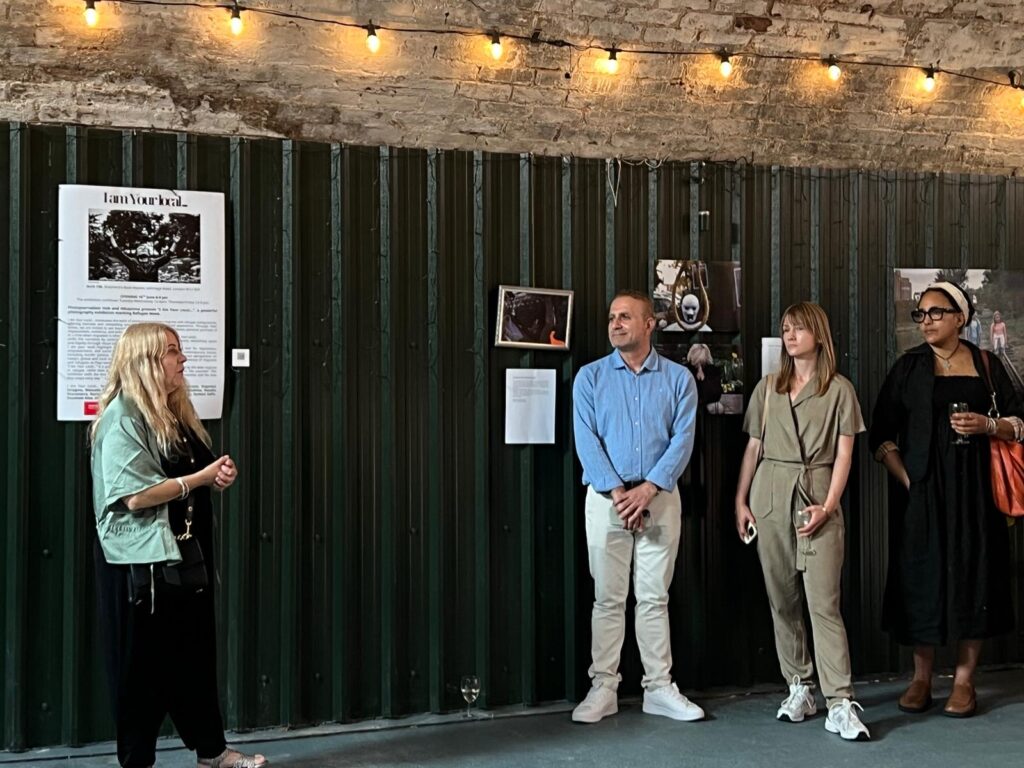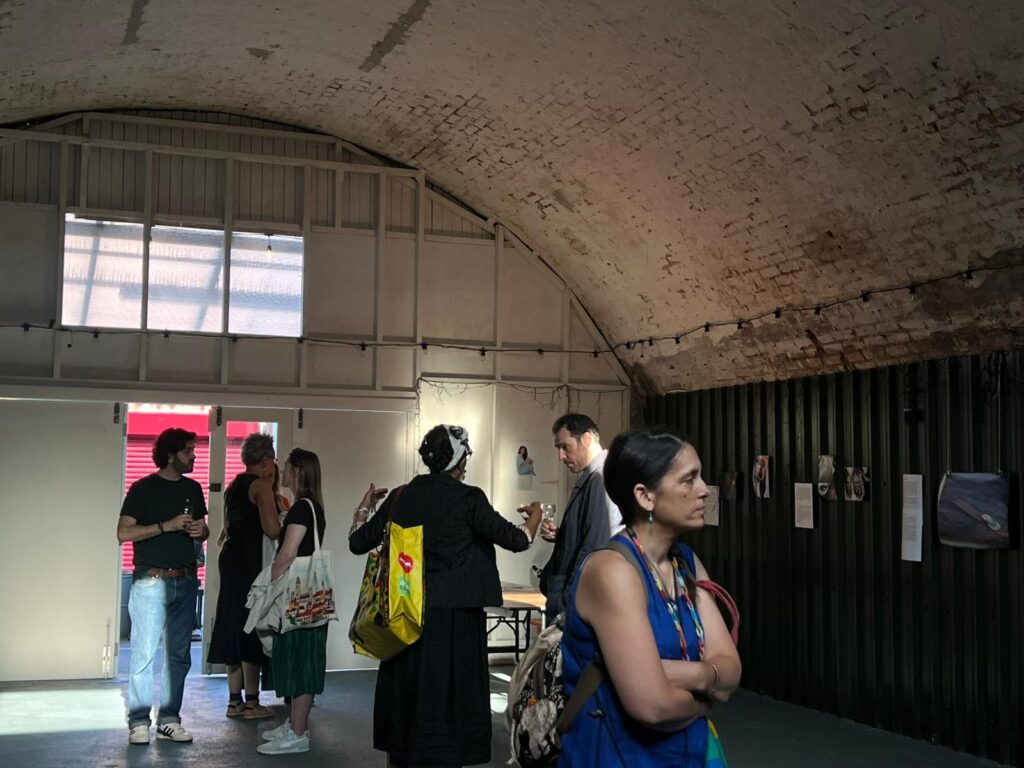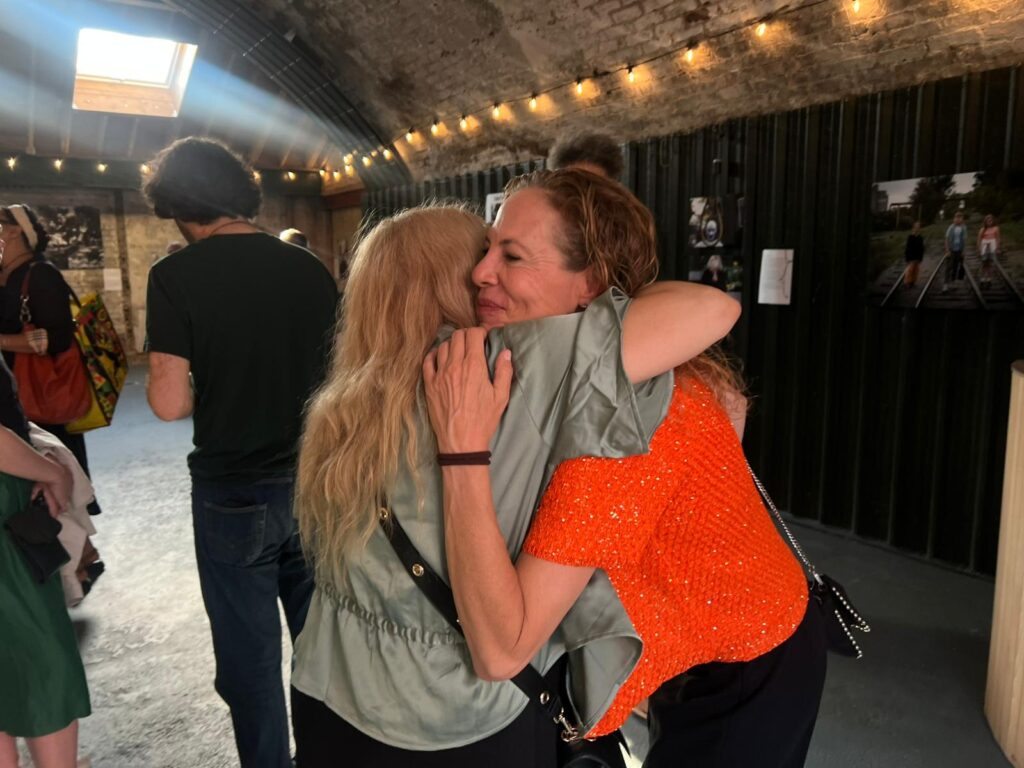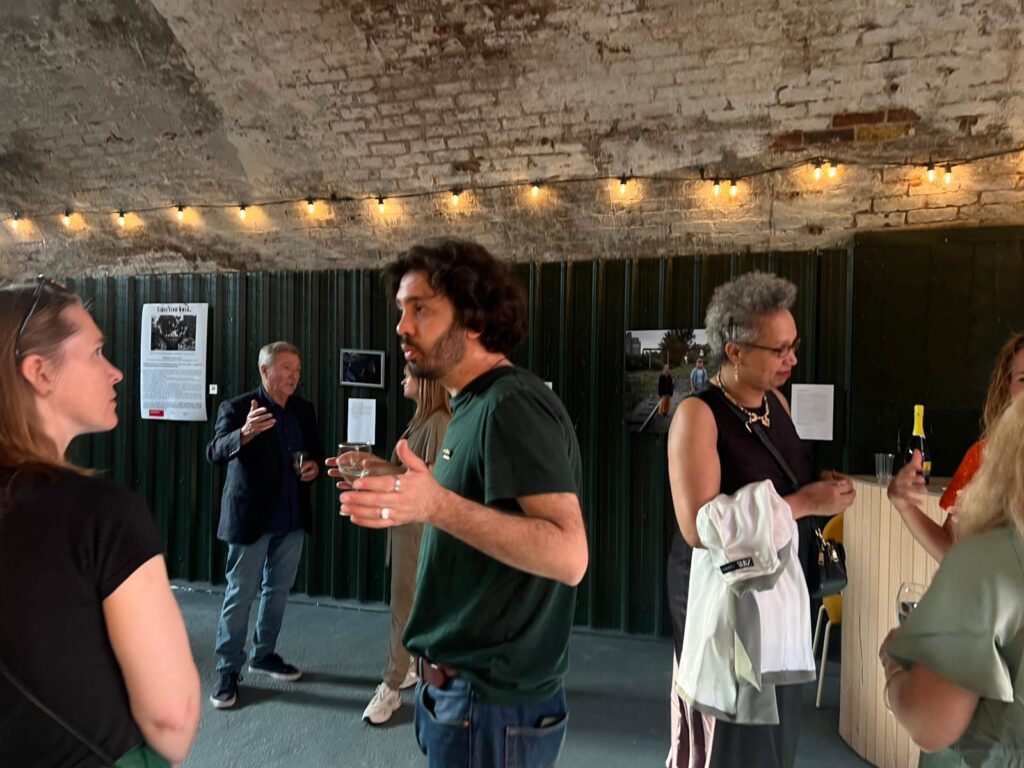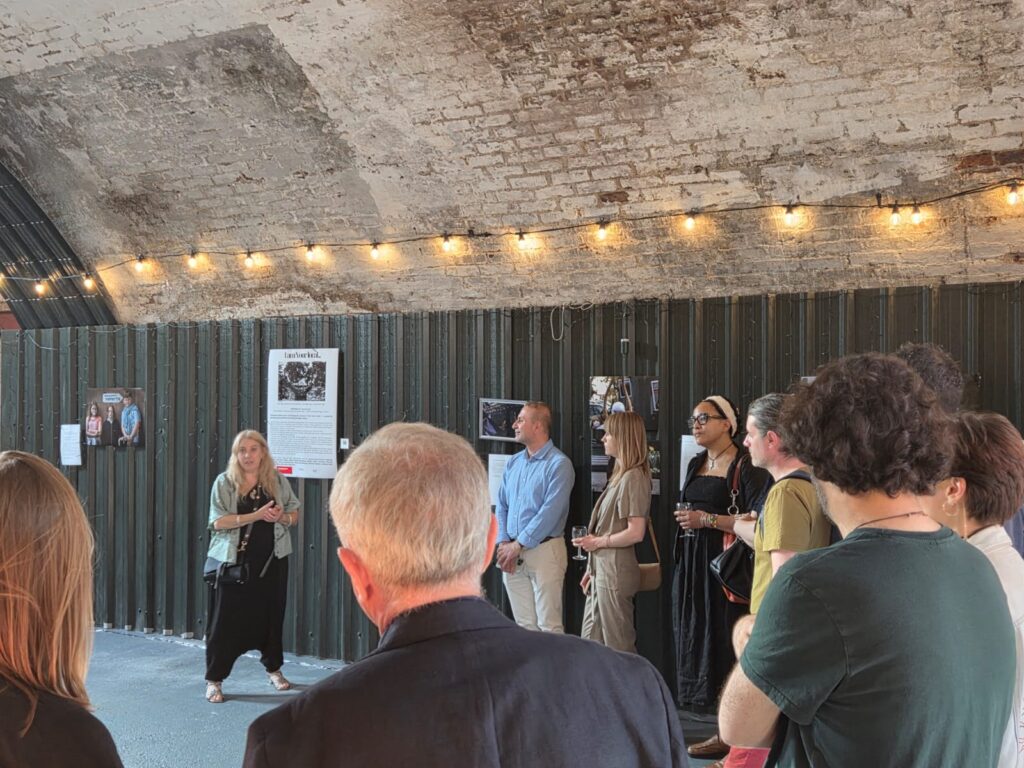Bruno Saguer: Oxidorphines
We are delighted to present Bruno Saguer as our featured photographer this month. His photographic stories shed light on some of the most harrowing labour conditions, conveyed with a poetic vision and powerful sensitivity that both compel and move us deeply.
This work is neither a protest nor a technical chronicle, but an aesthetic immersion into the decaying beauty of corrosion, into the imprint that time and human toil leave on every stranded hull. Photography as an addiction to decomposition, to the texture of the ephemeral.

From its nest, the seagull takes off over the sea. From the shipyard, the vessel sets sail. Everything tastes of salt. The salt of life, the salt of death.
To launch, to hoist, to depart, to sail, to weather the storm, to board, to dock…
A ship always carries the emotional weight of a journey toward the horizon, rocked by waves.
Whether carrying people, treasure, or trade, every ship bears the significance of its voyage.
Iodine drifts in the air, sea spray weaves into tangled hair flowing in the wind. A maritime symphony whispers all around.
But many ships don’t reach a dignified end. After 20 or 30 years riding the waves, they’re cast aside, pushed to die like abandoned animals, left to scavengers.
Bound for slaughter.
Some places in the world have become their graveyards. And the locals—made their executioners.
But this isn’t Père Lachaise in Paris. No Balzac, Camus, Chopin, Oscar Wilde, or Jim Morrison lie here. Instead, ships bear flags of convenience—fiscal loopholes, legal evasions, flags with no country.
There is no grey bin for maritime waste.
No final place where all things belong.
They simply end. Nowhere.
Eid Mubarak. August 2012. Chittagong, Bangladesh.

A northern “still life” made of open-air scrap. These shores should be erased from nautical charts, kept beyond the reach of any compass or bearing.
The poetry of the sea ends here. The carnage begins.
No blood is spilled—only oil, diesel, and thick, contaminating fluids.
Dignity slips through the scuppers.
Humiliation pools in the bilges at the end of this tragic journey.
Paints, heavy metals, asbestos—
A corrosive cocktail you won’t find on a Mediterranean cruise.
There will be no dinner at the captain’s table tonight.

No necks are cut, but every part of the ship is dismantled—hull to deck, cabins to engine room, even the prized bridge, where only hours before the horizon was scanned from a privileged perch.
The swords and guillotines of old revolutions are now acetylene torches and cutting saws.
A metallic roar.
No siren songs here—just horns of iron pain.
Tons of steel are fed into the maw of shredders.
As far as the eye can see, rusted carcasses marooned at low tide.
No longer sand, but rare metals of another periodic table.
Human termites gnaw at metal, wood, plastic, rope.
Dusk falls on the “unshipyard” of cruise liners, cargo ships, and freighters.
Floodlights flicker on.
Stripped of rest, the pillaging continues—plates, bolts, no loose ends.
In three to six months, the vessel is no more.
A ship scrapped in three or four months in Bangladesh nets a million dollars in return—on a five-million-dollar investment.
And yet, this apocalyptic landscape seduces.
It releases photographic endorphins.
The eye, the camera’s viewfinder—both tint crimson under a leaden sky.

Steel skeletons run aground in rhythm with the tides.
Swarms rush port and starboard, scrambling for the best loot—not astrolabes or sextants, but lifeboats, portholes, wires, propellers, spark plugs, pistons, lamps, sensors, sonar, radar, GPS.
All of it cloaked in raw rust.
Rust merchants. Steel auctions.
Everything is for sale. Even souls.
Recycling without activism—just a euphemism.
Melted down, but not damned.
Some pieces will sail again—aboard new vessels, or hanging in chic homes and restaurants.
Better that than being left to rot on a deserted beach after a failed escape from a cyclone.
Such is the cycle of the sea.
Knots and nautical miles become cubic meters of waste and steel.
Personal stories cling to these corroded remains.
Like that of Hossain Khatun. A Bengali man, generations deep, rooted in toxic mud.
His descendants likely will be too.
There’s no way out, unless you swim—to nowhere.
His nephew Kamal, 14, walks him to the shoreline each day as the fishermen return.
If the tide’s low, they can get closer.
Hossain is 64 and blind. Kamal guides his arm so he can stretch his hand toward the fishermen and beg.
Kamal has spent nearly all his life working in the yards.
The toxicity took his vision.
Hossain is on the same path—unless he’s hurt first (they use the blind to crawl into dangerous crevices of the ships), or unless he tries to swim away…

To earn a plate of rice or dhal, they cut through plates of steel.
They travel from Panchariya to Faujdarhat—almost 20 km of sandy graveyard.
No insurance. No safety gear.
Roughly 200,000 souls live trapped like fish in a stagnant pond.
Over 80 yards compete for the dying.
But the rust—captivates.
Nearly one in five of the world’s aging ships end up here.
Many NGOs have reported the working and environmental conditions.
That ship lamp from the Singaporean vessel “Green Earth” will look lovely somewhere.
It’s docked in port now, set to sail for Malaysia tomorrow.
But it’ll be back.
I won’t.
How strange that so much decay can be so visually fascinating.
Corrosion addiction could be the title of this landscape.
Thankfully, my memories are rusting.
Only images remain.
Another contradiction.
Anchored in rust, one becomes a witness to one of the most extreme forms of circular economy—a cycle both toxic and hauntingly poetic.


Bruno Saguer
“The greatest photos are those no camera can capture, yet only a photographer can see. My quest is never to miss one again.”
Born in Barcelona in 1972, half French and half Spanish, my earliest memories of photography are rooted in the dim red glow of my father’s darkroom at home. A passionate Nikon enthusiast, he introduced me to the magic of framing life in black and white. Though he passed away when I was 18, his legacy deeply shaped how I perceive the world through a lens.
My journey as an amateur photographer truly began with my Nikon D700 and a humble Tamron 17-50 lens, ignited by a simple desire to feed my curiosity. My first solo photo trip was to India, a welcoming place where capturing slices of everyday life and close portraits came naturally.
Inspired by a mesmerizing documentary about the shipbreaking yards in Bangladesh, I organized a photographic expedition with friends, driven not by activism but by a fascination with the stark beauty of rusted giants awaiting dismantlement. From bustling Dhaka to the surreal graveyard of ships extending for kilometres, the contrast between human vitality and industrial decay was captivating. Beyond the dismantling itself, it was the vibrant recycling economy—shops filled with salvaged lamps and life jackets—that left a lasting impression. One such lamp now hangs in my home, a constant reminder to seek out the next photographic journey.
Balancing the roles of father and founder of an advertising and branding agency, my greatest challenge remains finding time to pursue these personal photographic projects, each an exploration waiting patiently for its moment. My job has also exposed me to brilliant work, and both creativity and art direction continually spark my curiosity. Among the photographers I admire most right now is Edward Burtynsky. Of course, I follow many others, specially Martin Parr, and depending on the mood—documentary, street, colour, black & white, or portrait—but I find Edward’s perspective uniquely compelling. Website | Instagram | Email
Photos and Words ©Bruno Saguer





